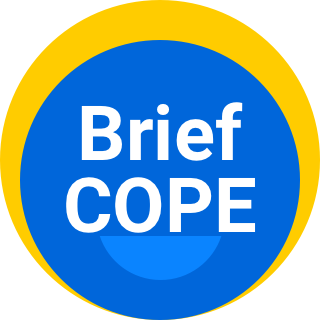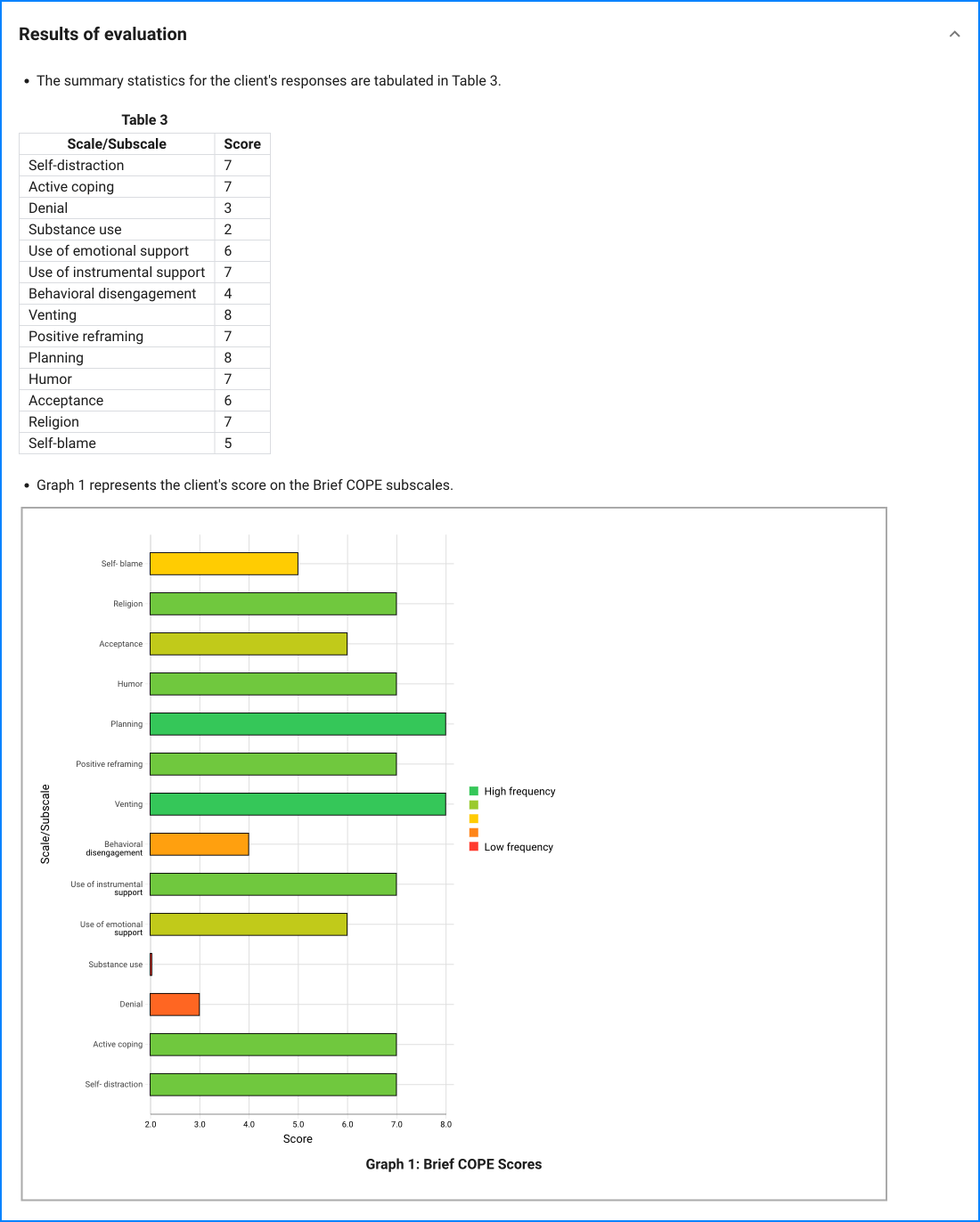This Brief COPE consists of 14 scales, of two items each. Response options for each item are:
The Brief COPE is a multidimensional coping inventory to assess the different ways in which people respond to stress. It is a brief measure of coping reactions, based on the COPE inventory. The Brief COPE includes only 28 items, which measure 14 conceptually differentiable coping reactions. Some of these reactions are known to be generally adaptive; others are known to be problematic. The Brief COPE thus provides researchers a way to assess potentially important coping responses quickly.



